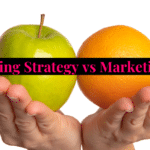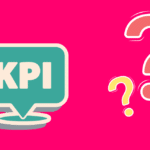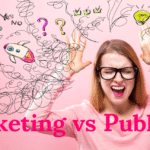In the world of digital marketing, there are many different strategies and techniques that can be employed to achieve success.
High-level marketing is a concept that involves using advanced strategies and tactics to reach a specific audience and achieve specific goals.
In a nutshell…
High-level marketing is a comprehensive, advanced approach to marketing that goes beyond basic advertising and focuses on strategic planning, data analysis, and innovation.
It is an essential tool for businesses looking to maximize their marketing efforts and gain a competitive edge in today’s digital landscape.
In this article, we’ll take a deep dive into high-level marketing, exploring what it is, how it works, and why it’s important for businesses in today’s competitive marketplace.
Let’s do this, peeps!
Understanding High-Level Marketing
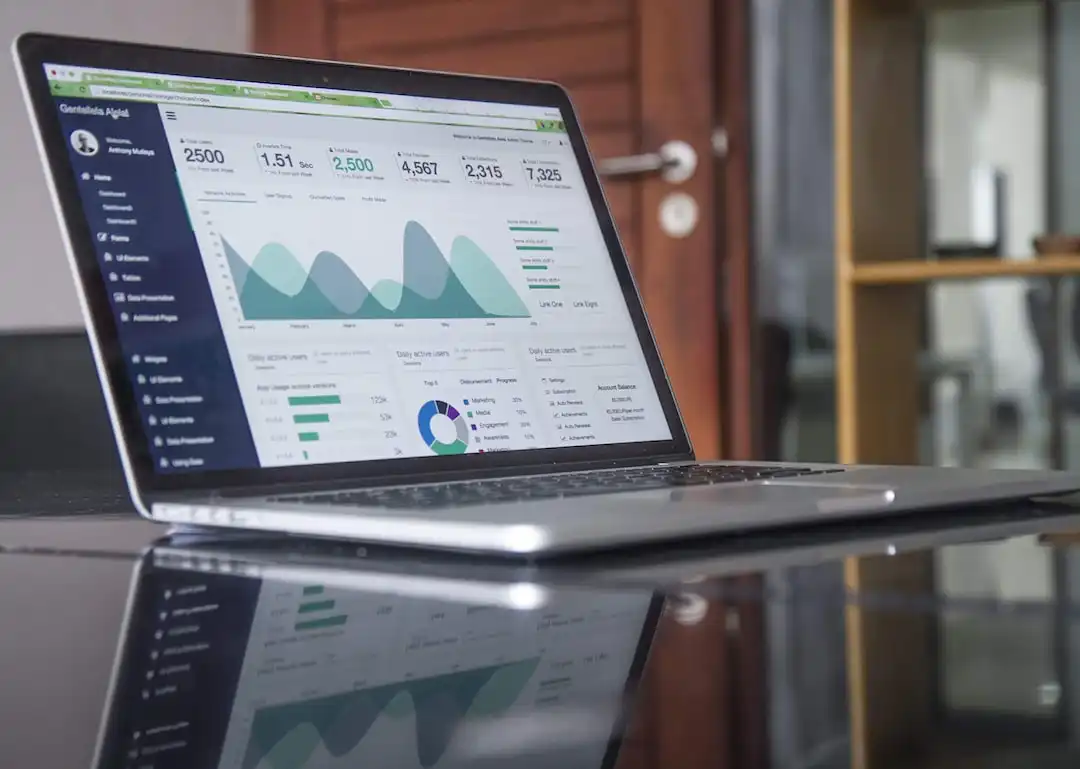
High level marketing is a multi-faceted approach to marketing that requires a deep understanding of 3 major things:
- target audience,
- market trends
- the competitive landscape.
It involves the use of advanced strategies and tactics to create a strong brand presence and drive desired outcomes.
To effectively execute high-level marketing, businesses need to go beyond the basics of traditional marketing.
In fact, they must develop a comprehensive marketing plan that integrates various channels and tools, such as:
- Digital advertising
- Content marketing
- Social media management
- Search engine optimization (SEO)
- Data Analytics
- Conversion rate optimization (CRO)
- Customer relationship management (CRM)
- Marketing automation
By utilizing these tools and techniques, high-level marketing aims to:
Increase brand awareness: High-level marketing focuses on elevating a brand’s visibility and recognition within its target market.
It seeks to establish a strong brand identity that resonates with the audience and differentiates the business from competitors.
Drive customer engagement: Beyond simply reaching potential customers, high-level marketing is about fostering meaningful interactions with them.
This involves creating valuable content, personalized messaging, and compelling calls to action that encourage customers to take desired actions.
Generate leads and sales: Ultimately, high-level marketing is designed to deliver tangible results in the form of leads and sales. By leveraging data and insights, businesses can optimize their marketing strategies to attract qualified leads and convert them into loyal customers.
Build long-term customer relationships: Also, high-level marketing is not just about acquiring new customers; it’s also about nurturing existing ones. By delivering exceptional experiences and maintaining open communication, businesses can cultivate strong, lasting relationships with their customer base.
Overall, high-level marketing is a strategic and dynamic process that requires continuous adaptation and improvement. It’s about staying ahead of the curve, understanding consumer behavior, and leveraging the latest technologies to achieve sustainable growth.
Now, let’s take a look at the main components of high-level marketing.
5 Major Components of High-Level Marketing

High-level marketing is a complex and dynamic field that encompasses a wide range of components.
To understand this comprehensive approach, we’ll break down high-level marketing into its key elements:
- Strategic Planning
- Market Research
- Branding and Positioning
- Digital Marketing
- Analytics and Optimization
1) Strategic Planning
High-level marketing (like all good marketing) begins with a well-crafted strategic plan. This involves setting clear objectives, defining target audiences, and outlining the tactics and channels that will be used to achieve the desired results.
Strategic planning also involves understanding the competitive landscape and identifying unique selling points that differentiate the business from its competitors.
By developing a solid strategy, businesses can ensure that their marketing efforts are focused and aligned with their overall goals.
2) Market Research

In-depth market research is a crucial component of high-level marketing. This involves gathering and analyzing data related to industry trends, consumer behavior, and the competitive landscape.
By understanding the market, businesses can make informed decisions about their marketing strategies and identify opportunities for growth.
Market research also helps in developing targeted campaigns that resonate with the audience and drive better results.
3) Branding and Positioning

High-level marketing places a strong emphasis on branding and positioning. This involves creating a compelling brand identity that reflects the values and mission of the business.
Branding is not just about a logo or a tagline; it’s about the overall perception that customers have of the business. High-level marketing focuses on consistently delivering a positive brand experience to build trust and loyalty.
Positioning is also crucial, as it determines how a business is perceived in relation to its competitors. High-level marketing helps businesses carve out a unique position in the market and effectively communicate their value proposition to the target audience.
Now, let’s look at the real fun stuff: digital marketing.
4) Digital Marketing

High-level marketing heavily relies on digital marketing channels to reach and engage with the target audience and digital marketing encompasses a wide range of tactics, including:
- Search engine optimization (SEO): Optimizing a website to rank higher in search engine results pages, driving organic traffic and increasing visibility.
- Content marketing: Creating valuable, relevant content to attract and engage the audience, ultimately driving customer action.
- Social media marketing: Leveraging social media platforms to connect with the audience, build brand awareness, and drive traffic and conversions.
- Email marketing: Using targeted email campaigns to nurture leads, build customer relationships, and drive sales.
- Paid advertising: Investing in paid advertising on platforms like Google Ads and social media to increase brand visibility and drive immediate results.
Digital marketing allows businesses to reach a wider audience, track performance, and make data-driven decisions to continuously improve their marketing efforts.
Lastly, let’s talk analytics, aka the fun stuff, aka “metrics that matter.”
5) Analytics and Optimization

High-level marketing relies on data analytics to measure the performance of marketing campaigns and identify areas for improvement.
Furthermore, analytics tools provide valuable insights into key metrics such as website traffic, conversion rates, and customer engagement.
By analyzing this data, businesses can make informed decisions and optimize their marketing strategies for better results.
However, optimization is an ongoing process in high-level marketing. It involves testing different approaches, refining tactics, and adapting to changes in the market to ensure that marketing efforts are always as effective as possible.
Now, let’s discuss why it’s important.
5 Key Reasons Why High-Level Marketing is Important

In today’s competitive business landscape, high-level marketing is more important than ever. It plays a critical role in helping businesses stand out, connect with their target audience, and achieve their goals.
Here are some key reasons why high-level marketing is important:
1) Competitive Advantage
High-level marketing allows businesses to differentiate themselves from their competitors.
By developing a strong brand identity, understanding the market, and implementing innovative strategies, businesses can gain a competitive edge.
This enables them to attract and retain customers, even in crowded markets.
2) Targeted Approach
High-level marketing focuses on understanding the specific needs and preferences of the target audience. This enables businesses to create personalized, targeted campaigns that are more likely to resonate with potential customers.
By reaching the right people with the right message, businesses can maximize the impact of their marketing efforts.
3) Enhanced Customer Experience

It’s not just about acquiring customers; it’s also about creating exceptional experiences for them.
By prioritizing customer satisfaction and engagement, businesses can build strong, lasting relationships with their customer base.
This leads to higher customer retention and advocacy.
4) Data-Driven Decision Making
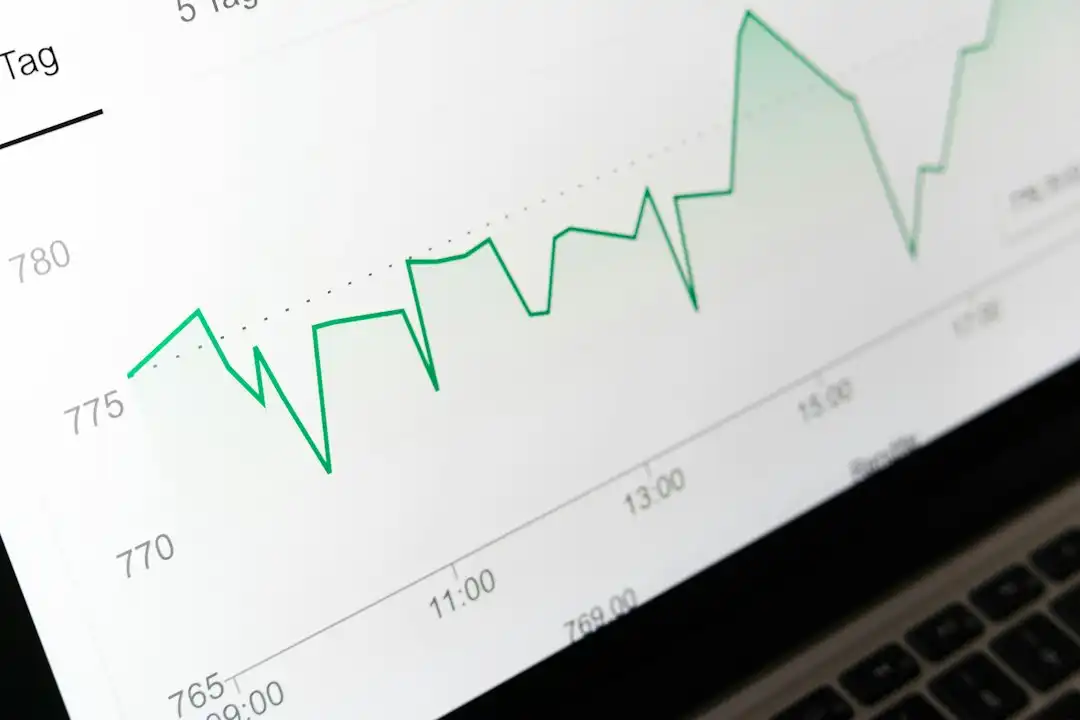
High-level marketing relies on data and analytics to guide decision-making. By tracking key metrics and analyzing performance, businesses can make informed choices about their marketing strategies.
This data-driven approach allows for continuous improvement and ensures that resources are allocated to the most effective tactics.
5) Adaptability and Innovation

The marketing landscape is constantly evolving, with new technologies and trends emerging.
High-level marketing encourages businesses to stay ahead of these changes, adapt quickly, and embrace innovation.
This agility is essential for remaining relevant and competitive in a fast-paced environment.
Overall, we believe that high-level marketing is not just a luxury for businesses; it’s a necessity.
It empowers businesses to navigate the complexities of the modern marketplace, connect with their audience, and drive sustainable growth.
Now, let’s talk “strategy.”
5 High-Level Marketing Strategies Explained

In this section, we’ll discuss some high-level marketing strategies that businesses can use to elevate their marketing efforts and achieve better results.
These strategies are designed to go beyond basic marketing tactics and require a deeper understanding of the target audience, market trends, and the competitive landscape.
1) Account-Based Marketing (ABM)
Account-based marketing is a highly targeted approach that focuses on individual accounts or high-value prospects.
This strategy involves creating personalized campaigns and content to address the specific needs of each target account.
ABM is particularly effective for B2B businesses or those with a small, defined target audience. It requires close collaboration between sales and marketing teams and a deep understanding of the target accounts.
2) Personalization
Personalization is the practice of tailoring marketing messages and experiences to individual customers based on their preferences, behavior, and demographic information.
This strategy involves using data and analytics to segment the audience and deliver highly relevant content. Personalization can be applied across various marketing channels, including email, websites, and social media.
It has been shown to increase engagement, conversions, and customer satisfaction.
3) Omnichannel Marketing
Omnichannel marketing is a holistic approach that integrates multiple channels and touchpoints to create a seamless customer experience.
This strategy ensures that customers can interact with the brand across various platforms, such as websites, mobile apps, social media, and physical stores, and have a consistent experience at each touchpoint.
Omnichannel marketing requires a well-coordinated strategy and the use of advanced technologies to track and analyze customer interactions across channels.
4) Content Amplification
Content amplification involves leveraging multiple channels and tactics to increase the reach and visibility of marketing content.
This strategy goes beyond simply creating content and focuses on actively promoting it to the target audience.
Content amplification can include techniques such as influencer marketing, paid promotions, and social media advertising. The goal is to ensure that valuable content is seen by a larger audience, driving traffic and engagement.
5) Conversion Rate Optimization (CRO)
Conversion rate optimization is a data-driven approach to improving the effectiveness of marketing efforts.
This strategy involves analyzing customer behavior and identifying areas where the conversion process can be optimized.
CRO aims to increase the percentage of website visitors who take a desired action, such as making a purchase or signing up for a newsletter.
It involves testing different elements of a website or marketing campaign, such as calls-to-action, landing pages, and forms, to identify the most effective approaches.
By implementing these high-level marketing strategies, businesses can elevate their marketing efforts, increase customer engagement, and drive better results.
Wrap Up

High-level marketing is a comprehensive, advanced approach to marketing that goes beyond basic advertising and focuses on strategic planning, data analysis, and innovation.
It is an essential tool for businesses looking to maximize their marketing efforts and gain a competitive edge in today’s digital landscape.
It aims to increase brand awareness, drive customer engagement, generate leads and sales, and build long-term customer relationships.
Overall, high-level marketing is a dynamic and essential aspect of modern business, enabling organizations to connect with their audience, drive growth, and stay ahead in a rapidly evolving digital landscape.
To learn more about the future of marketing, check out this awesome video
FAQs
What is high-level marketing? High-level marketing refers to strategic, big-picture marketing initiatives that focus on long-term goals, branding, and market positioning. It involves planning and executing marketing efforts that align with an organization’s overarching business objectives and target audience.
How does high-level marketing differ from traditional marketing? Traditional marketing often focuses on immediate sales and direct response tactics, while high-level marketing prioritizes sustainable growth, brand equity, and customer relationships. High-level marketing is more strategic and data-driven, considering market trends, competitive analysis, and consumer behavior over a longer timeframe.
What are some examples of high-level marketing strategies? Examples include brand development and storytelling, market segmentation and targeting, customer journey mapping, content marketing, omnichannel marketing campaigns, and leveraging big data for predictive analytics.
Why is high-level marketing important for businesses? High-level marketing is crucial because it ensures that marketing activities contribute to the company’s long-term success. It helps businesses stay relevant, differentiate from competitors, build a loyal customer base, and adapt to changing market conditions.
Can small businesses benefit from high-level marketing? Yes, small businesses can benefit significantly from high-level marketing by establishing a strong brand presence, understanding their niche market, and focusing on customer retention strategies. It helps them compete with larger companies by leveraging their unique selling propositions.
What role does digital marketing play in high-level marketing? Digital marketing is a key component of high-level marketing, providing tools and platforms to reach and engage with target audiences effectively. It allows for precise targeting, tracking, and analysis of marketing campaigns, contributing to informed strategic decisions.
How can a company develop a high-level marketing plan? A company can develop a high-level marketing plan by conducting a thorough market analysis, setting clear business objectives, defining the target audience, creating a unique value proposition, and planning integrated marketing campaigns that align with the overall business strategy.
What metrics should be used to measure the success of high-level marketing? Key performance indicators (KPIs) might include brand awareness, customer lifetime value, market share, return on investment (ROI), customer acquisition cost (CAC), and customer retention rates. The choice of metrics should align with the specific goals of the high-level marketing plan.
How does high-level marketing integrate with sales? High-level marketing aligns with sales by ensuring that marketing strategies create a funnel of qualified leads for the sales team. It also involves consistent messaging and positioning across both departments to ensure a cohesive customer experience and to support the sales process.
Can high-level marketing adapt to changes in consumer behavior and market trends? Yes, high-level marketing is designed to be adaptable. By staying informed on market trends and consumer behavior, businesses can pivot their strategies to meet evolving customer needs and maintain competitive advantage.


